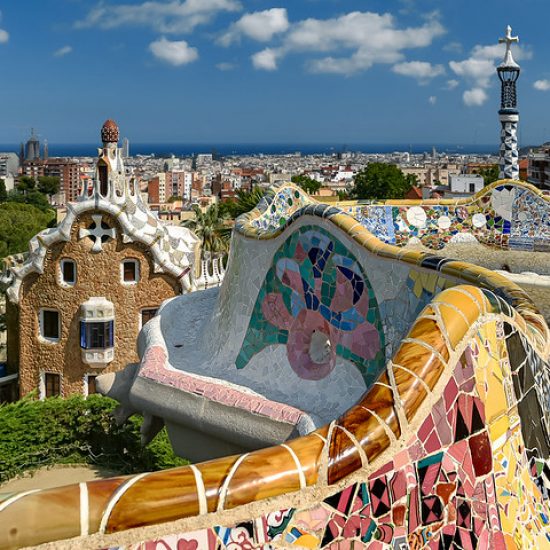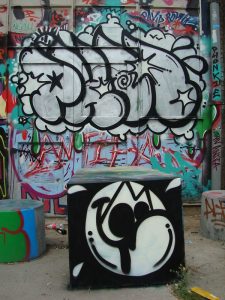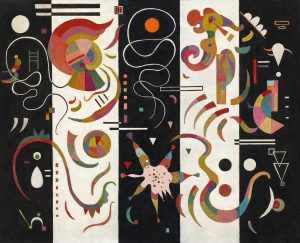When you think of Barcelona, it’s hard not to think of Antoni Gaudí. His style is woven into the city as much as the streets themselves. Gaudí wasn’t just an architect; he saw the world in his own unique way, and his buildings reflect that. He didn’t follow the traditional rules—he completely ignored them, and that’s what makes his work stand out.
Early Life and Style
Gaudí was born in 1852, and even as a kid, he had a different way of seeing things. He didn’t just stick to the usual way of learning architecture. Nature was a huge influence on him. When you look at his buildings, they don’t just look like structures; they feel alive, almost as if they’re a natural part of the earth.
He also wasn’t one to rush. Gaudí was known for focusing on tiny details that others might overlook. He didn’t just want his work to be functional—it had to be inspiring. His style is often called Catalan Modernism, but even that doesn’t fully capture his approach. His buildings aren’t just examples of modern architecture; they’re works of art.
Most Famous Works of Gaudí
The Sagrada Família
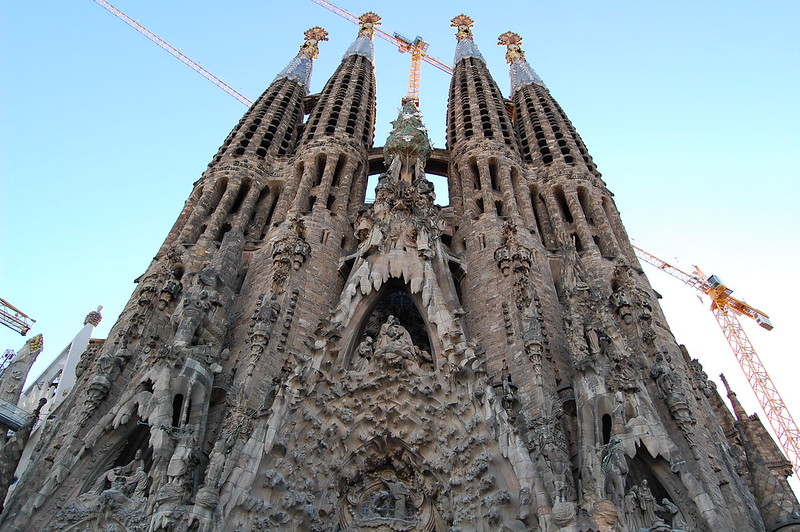
Source: Photo by Jerome Strauss Attribution-ShareAlike (CC BY-SA 2.0) https://flic.kr/p/62chCJ
Gaudí’s most famous project is the Sagrada Família, the massive basilica in Barcelona. Construction began in 1882, and it’s still going on today. Gaudí worked on it for over 40 years, and it became his life’s work.
The design of the Sagrada Família is unlike any other church. It feels like something out of a dream. The tall spires, intricate facades, and the way light flows through the building make it feel otherworldly. The columns inside look like trees, and the way light comes through the stained-glass windows feels like sunlight filtering through leaves. Gaudí didn’t want the church to feel cold or intimidating. He wanted it to feel warm and welcoming, like walking through a forest.
Even though it’s still unfinished, the Sagrada Família is already a symbol of Barcelona. It’s one of those places that leaves you amazed, not just because of its size but because of how different it is from anything else. Gaudí was ahead of his time, and this church is proof of that.
Casa Batlló
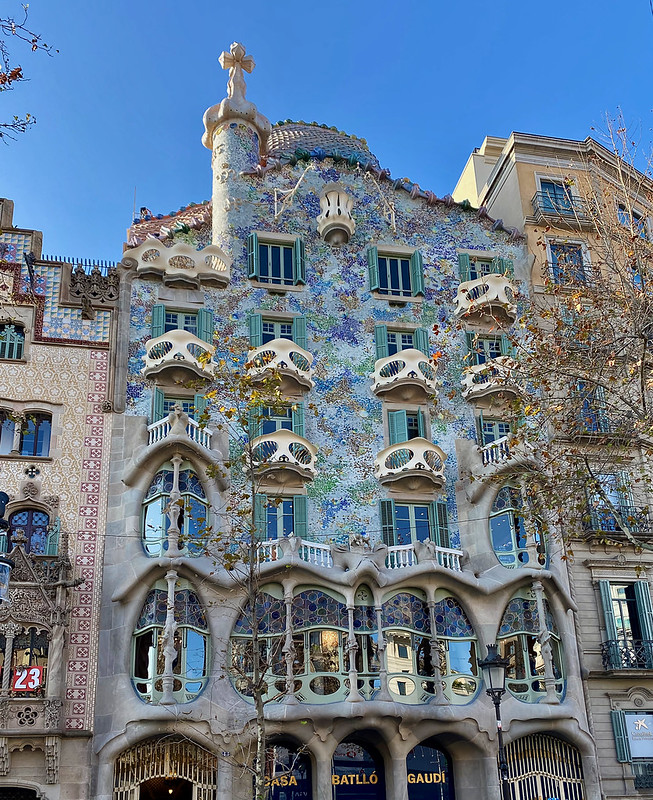
Source: Photo by F Delventhal Attribution (CC by 2.0) https://flic.kr/p/2n6qW5L
Another example of Gaudí’s unique style is Casa Batlló, a house he designed in the early 1900s for a wealthy family. From the outside, it barely looks like a house. The façade is covered in colorful tiles, with flowing lines and strange shapes that make it seem more like a sculpture than a building. The balconies look like masks or skulls, and the roof looks like the back of a dragon.
Inside, it’s just as unique. Gaudí didn’t use straight lines, so everything feels like it’s moving or flowing. He also designed the house to let in as much natural light as possible, so there are lots of windows and open spaces. Casa Batlló shows just how far Gaudí was willing to go to break away from traditional design. He didn’t just create a house—he created an experience.
Park Güell
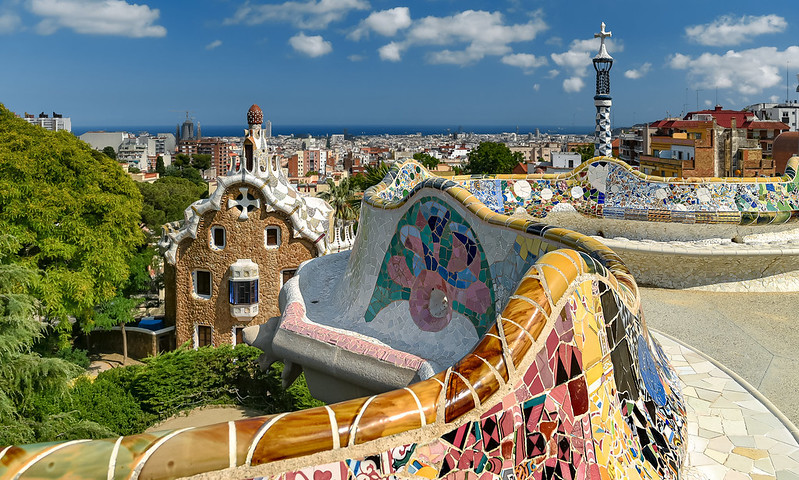
Source: Photo by Jorge Franganillo Attribution (CC by 2.0) https://flic.kr/p/2je3BwT
Gaudí’s creativity wasn’t limited to buildings. He also designed public spaces like Park Güell, which was supposed to be a residential area but ended up as one of the most famous parks in the world. Walking through Park Güell feels like stepping into a fairytale, with mosaic-covered benches and winding pathways that look straight out of a storybook.
One of the highlights of the park is the terrace, which offers an amazing view of Barcelona with the sea in the background. The bench that lines the terrace is covered in broken ceramic tiles, a technique Gaudí often used. Every part of the park feels like it was shaped by Gaudí’s imagination.
La Pedrera (Casa Milà)
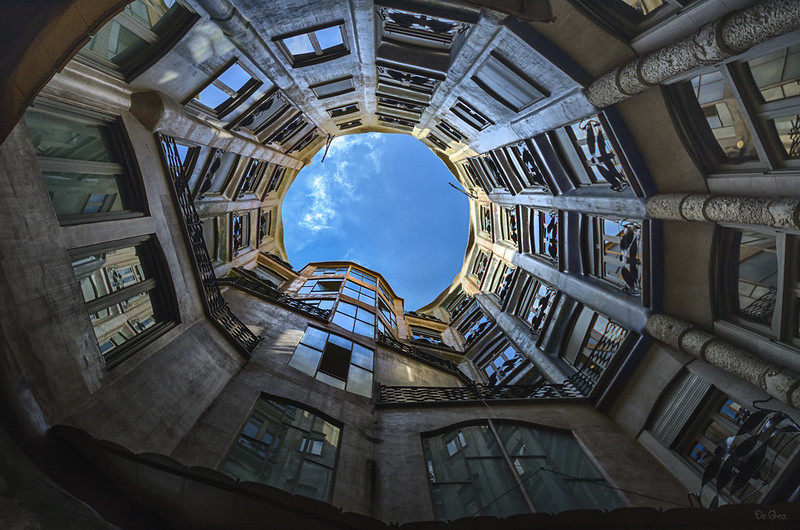
Source: Photo by Jose Ramirez Attribution-ShareAlike (CC BY-SA 2.0) https://flic.kr/p/2jFoyiK
La Pedrera, also known as Casa Milà, is another building where Gaudí’s style shines through. It’s got a wavy stone exterior with twisted iron balconies and a rooftop full of strange, abstract chimneys. Inside, the rooms are designed to let in as much light as possible, and the shapes are smooth and flowing.
La Pedrera feels more like a piece of art than an apartment building. Gaudí was always thinking about how people would interact with his spaces, and that’s clear in the design. He wanted the building to be functional, sure, but it also had to be beautiful and inspiring.
The Lasting Impact Gaudí
Gaudí’s influence on Barcelona is impossible to miss. His buildings are scattered across the city, and each one stands out in its own way. But what really makes him special is how he pushed the boundaries of what architecture could be. He wasn’t afraid to experiment, to go against the norm, and to let his imagination run wild.
His use of organic forms, attention to light, and obsession with detail set him apart from other architects. Gaudí didn’t just design buildings; he created spaces that feel alive. Today, millions of people visit Barcelona just to see his work, and his buildings are more than just tourist attractions—they’re a huge part of the city’s identity.
Conclusion: Antoni Gaudí
Antoni Gaudí wasn’t just an architect. He was a visionary who changed the way we think about design. His buildings aren’t just structures—they’re experiences, full of life and creativity. Gaudí’s work continues to inspire architects, artists, and anyone who appreciates great design. While he may be gone, his influence on Barcelona and the world of architecture will last for generations.

